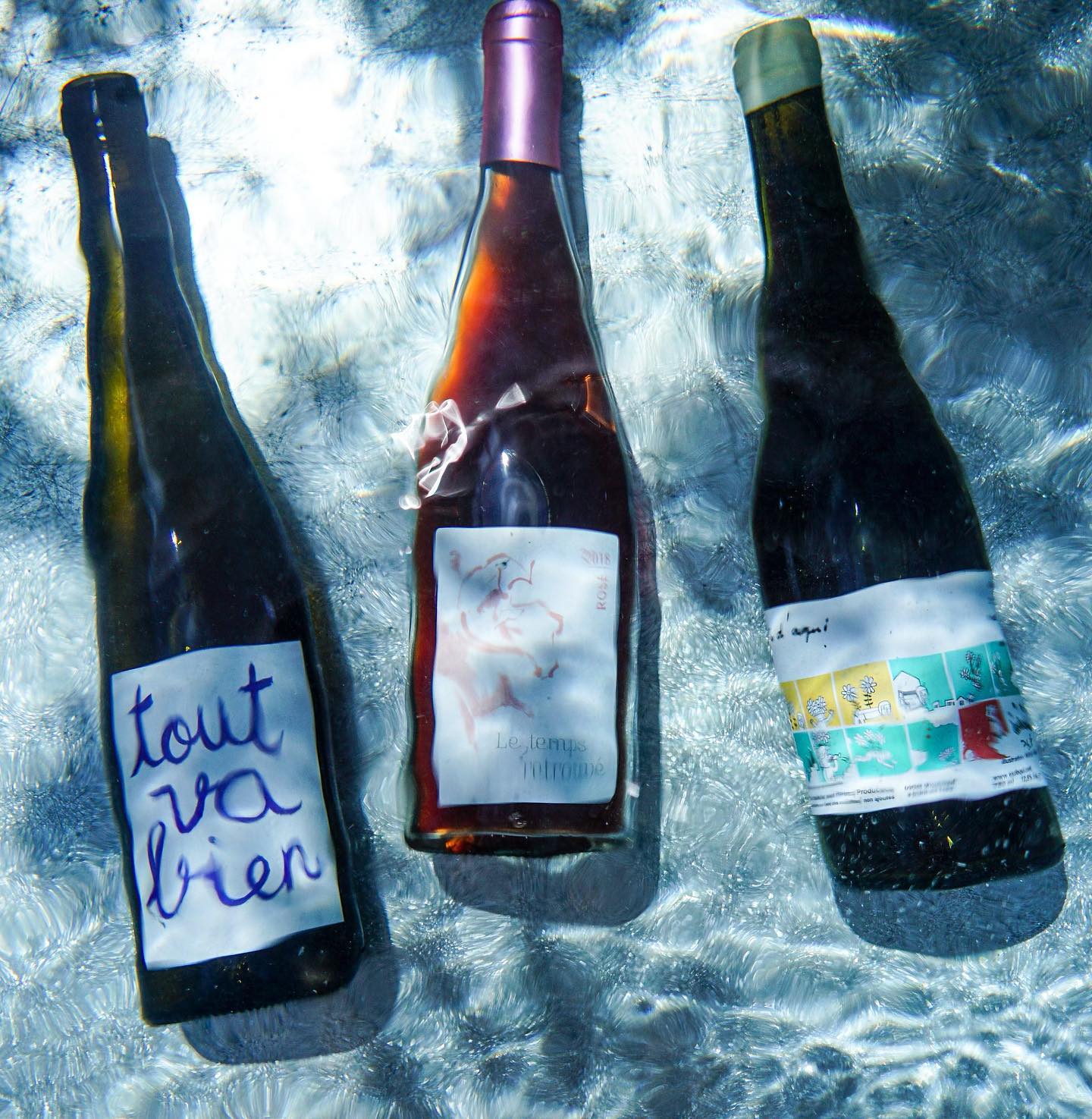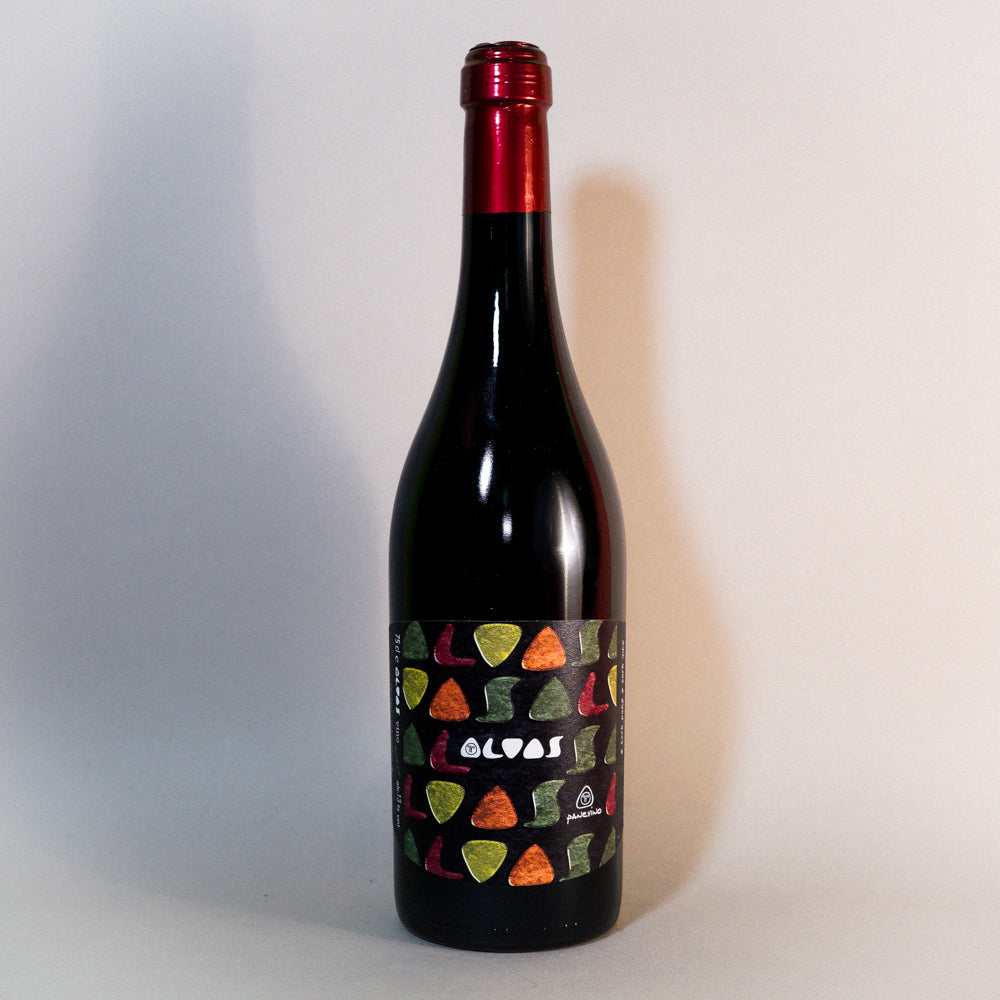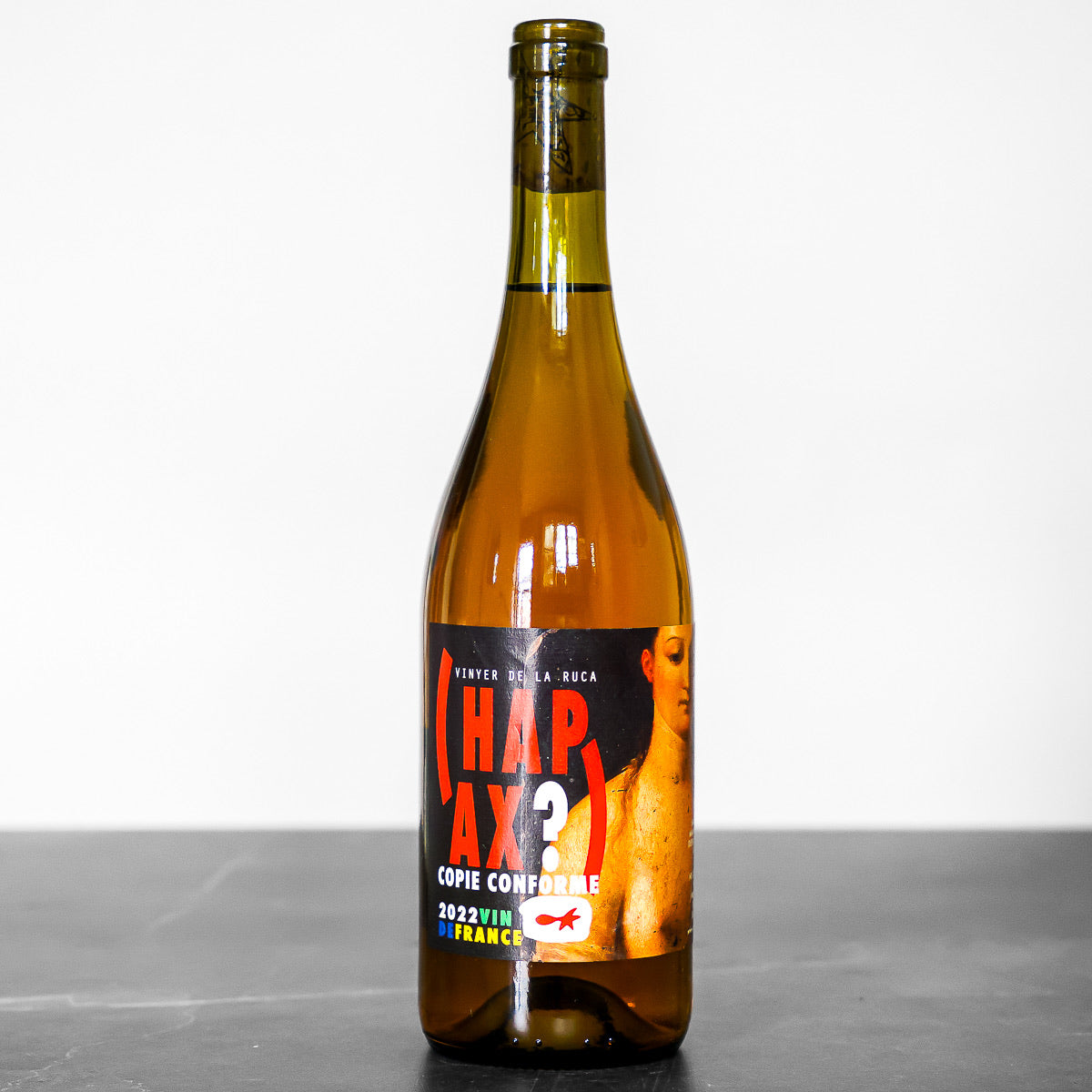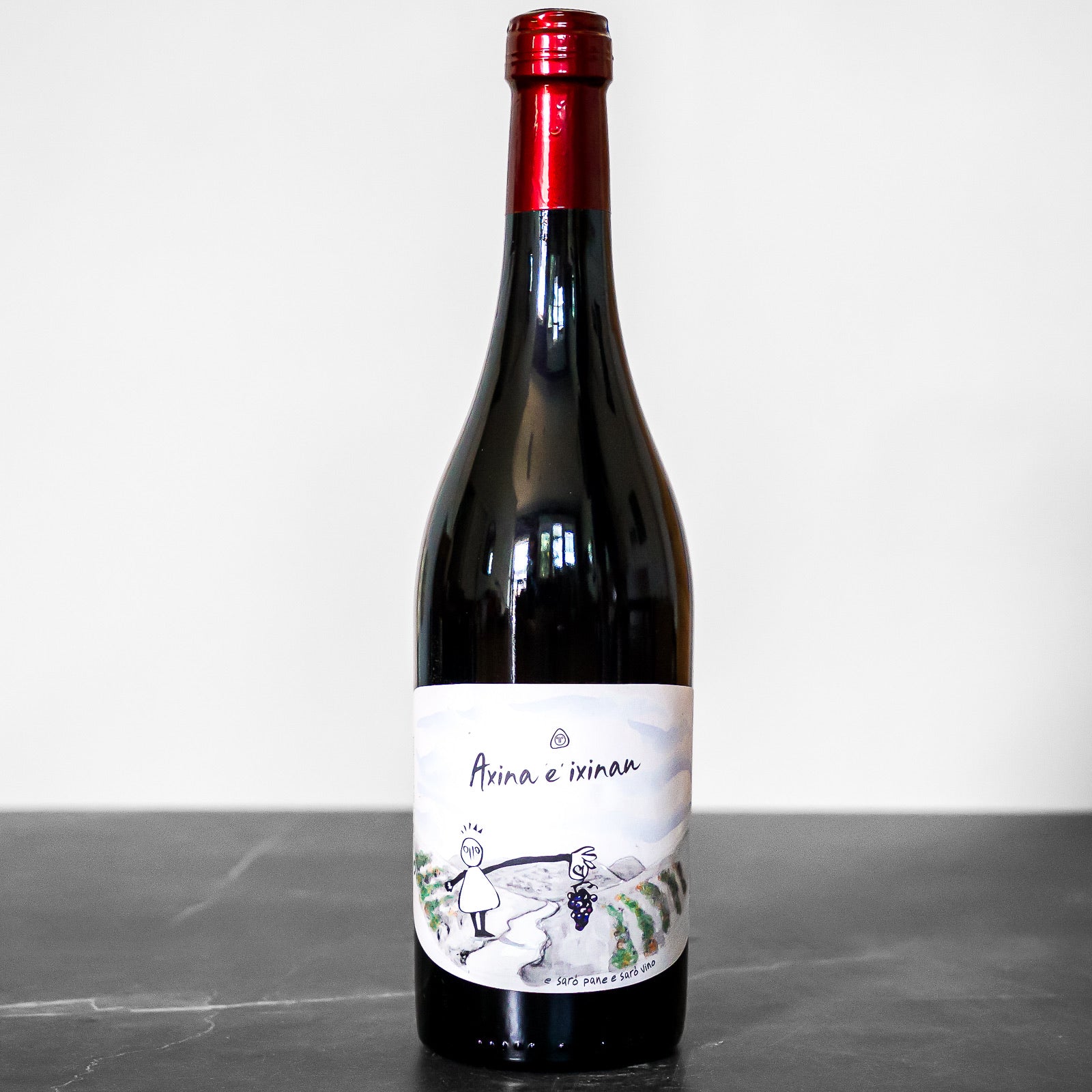Hand-harvested. Grapes were left as whole bunches: 50% of them were foot-stomped while the other half were left intact. After 10 days of skin contact in an open-top vat, the grapes were pressed in basket press and then went into a 600-liter big oak barrel. After 11 months of barrel aging, the wine was bottled by gravity, without any addition. No filter, no fining.
Kolonia 52 - Annamária Török & Attila Francisti
Despite their young age, Annamária and Attila have a lot of winemaking experience under their belt. The couple used to work – separately or together – for natural icons like Gut Oggau, Heinrich or Michael Gindl. The most influential was the philosophy and work of Horst Hummel, whom they remain very close with and consult on a regular basis.
The winery is located on the western side of Szent György-hegy – a part that’s a bit less on the radar than the Southern slope, which is the most sought-after by holiday-goers. “It’s way more chill where we are, rather bushy with scattered vineyards and grandfathers making wine for themselves in their old cellars. These parts of the hill used to be where the workers from the nearby mines or railroads lived, whereas the south side and its full lake view were for fancy villas and tourism,” Annamária smiles. “But our vineyards actually lay all around the hill. Because of the shape of the hill and its many valleys, we work with a full range of exposures, which we quite enjoy, as it allows us to experiment and explore the different expressions of the different spots on the hill,” Attila enthuses.
It’s an interesting game indeed: most of their vineyards lie on the eastern side, where the “cooler” morning sun is great for acidity and freshness, similar to the north-facing vineyards. “But even on the western side, which can get pretty hot during the afternoon, we know how to offset this influence – by working biodynamically and planting not only vines around our cellar, but also trees and bushes for shade. Another important variable is the variety, of course,” he describes the intricacies of terroir and the need to listen to it. “That’s why we chose to plant Furmint, a local grape that can really handle the heat while still keeping a nice acidity. It usually works great for natural winemaking, and we believe that it can produce beautiful terroir wines.” Welschriesling (locally called Olaszrizling) is a similar story, although introduced in the area “only” some 200 years ago.
As for the reds, Attila and Annamária are big fans of Pinot Noir, cultivated on the cooler eastern side to keep its acidity and elegance; the warmer western slope calls once again for an indigenous grape that’s well adapted to the hot summers, like Bakator or Keknelyu. To preserve all these diverse characters and energy in the bottle as much as possible, the winemaking is very minimal. The grapes are only harvested and destemmed by hand – “it’s very important for us to touch every grape, just like every bottle we make, to keep this authenticity and human connection,” they say.
Fermentation only occurs naturally, followed by aging in neutral oak in barrels or amphora. No pump is used during any of the processes; all racking and bottling is done only by gravity. “We don’t add any sulfur during any of the processes, or anything else for that matter,” the couple asserts, “we know SO2 can work as a kind of medicine sometimes, but for us, it simply has too much impact on the wine. And we luckily never had any major problems from working without it.”
The couple now works with three hectares of vines in total, a number they plan to slightly increase in the coming years, although not much. “We always want to be able to live with the vines the whole year, to accompany them through every step of the season ourselves, from pruning to harvest. I think it brings luck,” Annamária chuckles. “Once you get past 5 hectares, you have to change a lot of things, the paperwork pushes you out of the vineyards, which is exactly what I didn’t enjoy in some of my previous jobs. So if we grow, I think it will be in a slightly different direction than just having more grapes. More into becoming a mixed farm with animals and trees in the vineyards, to live the whole circle,” Attila explains, “but that’s definitely step number two for us – first, we need to fully establish ourselves here, plant the vineyards we’ve planned, finish the winery…”
That said, he’s actually already gaining some experience on a nearby cattle farm for two days a week (Annamária teases him that he does it to avoid spending all his time with her, but their laid-back way around each other clearly shows they have joyful, well-established couple dynamics). Meanwhile, their vineyards also already enjoy a graze from a friend’s goat from time to time, avoiding excessive mowing or the use of a tractor. “We don’t really want to use it much, although we have a very light one – it still compacts the soil and hampers its life, a thing that we absolutely want to avoid. You should see the vineyards, especially in the summer, how beautiful they look, with all the flowers, it’s so full of life,” Attila describes almost lovingly. There’s no doubt about that – just take that one intriguing sip of their wines, buzzing with the same undeniable, compelling energy…










